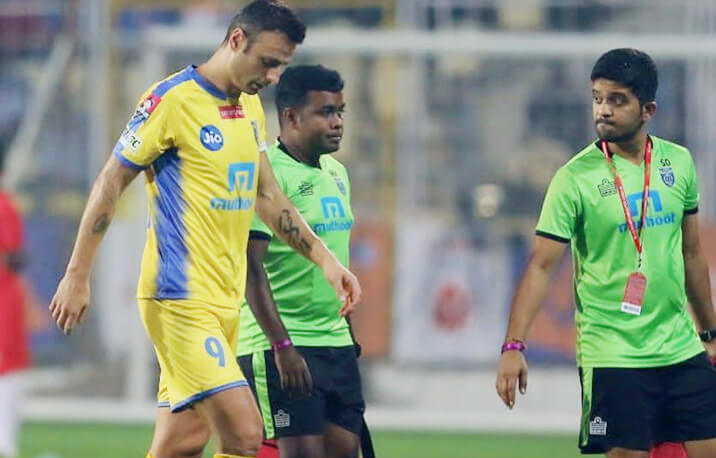Sports Assessment
How do you measure athlete performance?
The measurement of physical performance metrics such as speed, time, weight lifted, length, height, acceleration, distances covered, heart rate responses, and heart rate recovery is a crucial element when assessing activity and performance in many team-athletic populations.
Risk Factors for Sports Injury
- Several factors can make it more likely that you will have a muscle strain in your leg, including:
- Muscle tightness. Tight muscles are vulnerable to strain. Daily stretching exercises will reduce athletes’ risk of muscle tightness.
- You are not in shape. Unexercised, weak muscles are less able to withstand the stress of exercise – and are therefore more prone to injury. Do not go over your limit when running. Take it slow.
- Muscle imbalance. Is one muscle group much stronger than its opposing muscle group? Then this imbalance can lead to a strain. This frequently happens with the hamstring muscles, which may become fatigued faster than other stronger calf muscles.
- Muscle fatigue. Fatigue reduces the energy-absorbing capabilities of muscles, making them more susceptible to injury.

